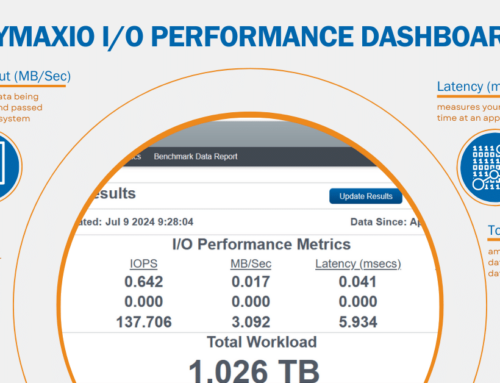Modern IT infrastructures deal with enough I/O traffic as it is. The last thing they need is unnecessary I/O.
It’s no surprise that IT struggles with performance problems caused by the tidal wave of data that travels back and forth across the infrastructure in the form of read and write I/O. Organizations that have virtualized find themselves in the position of trading more and more costs to the storage backend to keep up with I/O demand. The negative impact that virtualization has had on the storage layer is felt, that’s for sure, but it isn’t well understood.
With the proliferation of multiple VMs accessing the same bytes of data and the nature of the “I/O blender effect” that further randomizes I/O streams from multiple VMs before funneling down to storage, a large amount of I/O cycles are completely unnecessary. In a world where organizations are already crushed under the weight of I/O demand, the last thing they need from their IT infrastructure is lost cycles spent processing unnecessary I/O.
Even though this random I/O chaos can be easily prevented in the virtual machine layer before it ever leaves the gates, organizations continue to invest in more hardware to battle an increasingly complex problem.
Check out this new paper from IDG, Eliminate the Unnecessary: Unnecessary I/O and its Impact on Performance. You’ll understand unnecessary I/O, why it matters, and how getting rid of it will solve performance problems—overnight—without more hardware.




Leave A Comment
You must be logged in to post a comment.